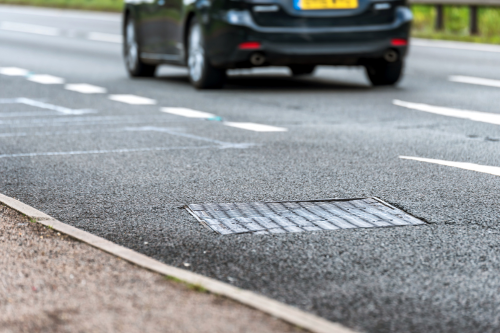Highways Drainage: Essential FAQs

As a drainage company specialising in servicing roadways and highways, we often encounter a range of questions regarding highways drainage. Understanding the importance and complexity of this subject is crucial for maintaining safe and efficient road networks. Here, we address some of the most frequently asked questions about highways drainage.
What is Highways Drainage?
Highways drainage refers to the systems and processes used to manage water on roads and highways. This includes rainwater, melting snow, and other sources of water that can accumulate on road surfaces. Effective highways drainage is essential to prevent water accumulation, which can lead to hazardous driving conditions, damage to the road infrastructure, and increased maintenance costs.
Why is Proper Highways Drainage Important?
Proper highways drainage is critical for several reasons. Firstly, it ensures road safety by preventing the accumulation of water, which can cause hydroplaning and loss of vehicle control. Secondly, it protects the road infrastructure from water damage, such as erosion and potholes, thereby extending the lifespan of the road. Lastly, it helps to prevent flooding and environmental damage by controlling and directing the flow of water.
What Are the Components of a Highways Drainage System?
A highways drainage system typically includes a combination of gutters, ditches, culverts, storm drains, and retention ponds. Gutters and ditches collect water from the road surface, while culverts allow water to flow under the road. Storm drains remove water from the road surface and direct it to nearby waterways or retention areas. Retention ponds are used to manage large volumes of water and control the rate at which water is released into the environment.
How is Highways Drainage Maintained?
Regular maintenance is key to ensuring the effectiveness of highways drainage systems. This includes cleaning gutters and storm drains to prevent blockages, inspecting and repairing culverts and ditches, and managing vegetation around drainage areas. Our company provides comprehensive maintenance services to ensure that highways drainage systems remain functional and efficient.
What Challenges are Associated with Highways Drainage?
Highways drainage faces several challenges, including climate change, urbanisation, and aging infrastructure. Increased rainfall and extreme weather events due to climate change can overwhelm drainage systems. Urbanisation leads to more impermeable surfaces, which increases water runoff. Aging infrastructure may not meet current standards and requires upgrading or replacement.
How is Highways Drainage Designed?
The design of highways drainage systems takes into account factors such as local climate, topography, road design, and environmental regulations. The goal is to create a system that effectively manages water while minimizing impact on the environment. This involves careful planning and the use of advanced engineering techniques.
What Innovations are Impacting Highways Drainage?
Innovations in highways drainage include the use of sustainable materials, advanced modelling software for better design, and smart drainage systems that adapt to changing weather conditions. These advancements help in creating more efficient and environmentally friendly drainage solutions.
Speak to our team about highways drainage
Highways drainage is a vital aspect of road infrastructure, ensuring safety, protecting the environment, and preserving the longevity of roadways. As a drainage company, we are committed to providing expert services to maintain and improve highways drainage systems, adapting to the challenges and innovations in the field. Our goal is to ensure that roads remain safe and functional, regardless of weather conditions.
To speak to our team about highways drainage, simply fill in our contact form and we will be in touch with you as soon as possible.
